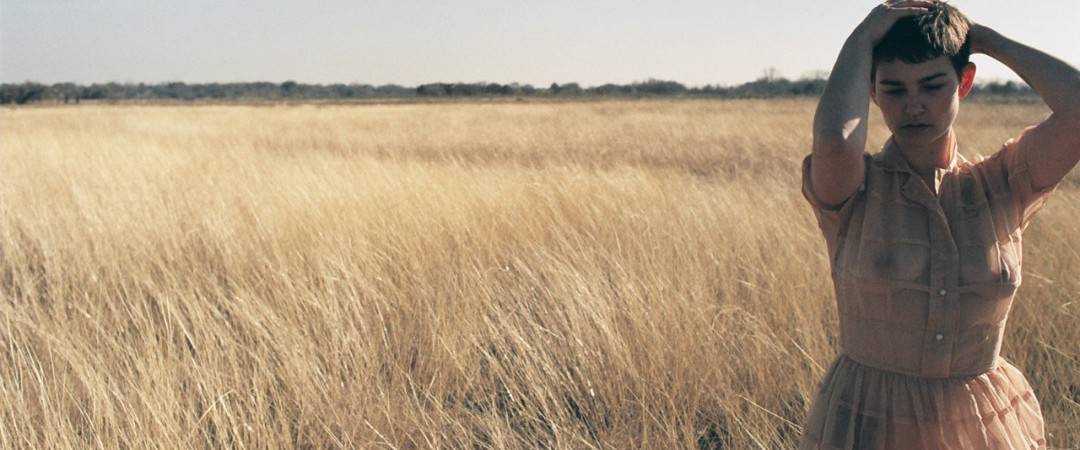
(NSFW – This post contains nudity. Do with that information what you will.)
The photos are of summer. An afternoon. The sun is high and at her back. She, the young woman, stands in a low field of grain. Wheat? I don’t know but it looks familiar. Waves of common grass I’ve seen on road trips, passing through a state I’ll never stop in. A town I’ll never know. The young woman’s dress is the color of muddy river water. Pale gold. It’s cut is a classic form. Like from a film from the 1950s.
She belongs in black and white. The dress, it’s sheer and the young woman wears nothing underneath. The high sun shines through though, down, her body masked in muzzled shadow. Something about the set of photos immediately strikes me.
I show my wife and she says, ‘you just like it because you can see her boobs.’
Oh. Right. You can totally see her boobs.
I wanted to say, ‘so what?’ I wanted to go on about art. The human form. Bones, flesh, dust. The only things that belong to us. The honest quality of it all.
The photograph is the work of photographer highcastle. The set of images titled ‘The Most Beautiful Thing In The World’ is posted on his Tumblr page. Written across the top of the page it reads, ‘all my work is available for sale.’ I sent him a message and in a few weeks the package of prints was at my doorstep.
His work is without gloss and shine. It’s raw and personal. I went through hundreds of his photographs online and was drawn in by the honesty in his portraits.
CJ: I found your work on Tumblr, which is kind of a weird place. There are a ton of self-titled models and photographers around the internet these days, but your work definitely stands out to me. It has a raw quality to it that makes it feel more personal than other work you’ll see.
Of course me being the audience, I put a lot of myself into what I see, but is this rawness, this intimate and personal mood something you going for? Am I reading too much into it?
HC: It’s funny you say that you put a lot of yourself into it, because to a certain extent that’s the point. a lot of work today is Photoshopped beyond all recognition, and of course that certainly has its place. Film, requires you to do all the editing beforehand. You get to know your camera and its personality.
Instead of cropping, you frame your shot, so you have to know how it’s going to come out before you shoot. Each camera and every type of film creates a different mood and you take that into account when you shoot.
My work is about intimacy. the sexuality which is, to me is superficial most times, allows the audience to see the subject at her most vulnerable. So yeah, you’re seeing something you might not get to see otherwise. that’s the goal, at least.
The voyeurism in some of your work is very apparent. Especially your Instax portraits. There’s an element of shock to it as well, like when you reach out from behind the lens to touch your subjects, like, ‘I should not be seeing this right now.’ A lot of artists who try to portray voyeurism will prettify the image with gloss and shine, which in the end fails and you end up with a very stagnant image. Yours come across as very real.
What sort of environment do you create for a shoot? Is it laid back or strictly professional? Are there other people helping you on your shoots?
The first thing I try to do when I decide to shoot someone is get to know them. when I first started out in Austin, it was always about trying to shoot as many people as I could as quickly as I could. It became addictive. It was like finding the next score, the next high.
And then I met Cam.
Cam Damage and I became friends when I was planning this trip riding my bicycle from Austin to New York. She agreed to work with me when I got to Pennsylvania, and she made sure I was alive, texting me every day of the trip. From the day we met to now, there’s hardly a day we don’t talk. When I finally got to Pennsylvania, I shot the best work I’ve ever shot, and I realized that for me, the work was best when it’s personal.
I liken it to people like P.T. Anderson, Wes Anderson, and Woody Allen in film. You find people who you get and who get you and who understand and trust what you’re trying to do. And you work with them a lot. The more you work with them, the better it gets, I think.
So that’s what I try to do. I give my subjects everything I have, including respect and that helps them trust me enough to show them at their most vulnerable.
My work is a function of my relationship with the subject, the vision I’m trying to put across, how the subject I’m photographing interprets it, and how the audience interprets the end result. So if it comes across as real, then I’m doing my job well.
This can lead to the obvious question that every guy with a camera probably asks you – how do you find your models?
Honestly, whenever I see people I want to photograph, I ask them. Some say yes. Some don’t. I’ve photographed models, which in theory are the easiest people to photograph. But I’ve also photographed people I saw in the street, at the grocery store, at boutiques, and people who’ve liked my work and wanted to let me photograph them.
I’m really inspired by film, especially foreign film and the mumblecore movement. So using ‘real’ people just makes sense.
I’ve seen Cam Damage a lot in other photographer’s work. You’ve also used Nettie Harris who shows up a bit around the internet. What makes someone work well in front of the camera? In the example of these two models, something about them attracts a wide variety of photographers. What do you think makes a regular person turn into something else, a model, in front of the camera?
I don’t usually work with models because I prefer to get a more raw, real feel, which really is impossible. I liken it to the Heisenberg Uncertainty Principle. When you observe something, it changes, so it’s not really real anymore.
But was it ever real to begin with? Models know and in my experience create a persona for the camera, whether they realize it or not, so my goal when I shoot with a model is to strip that away and try to shoot them in a way others don’t or don’t think to shoot them, if that makes sense.
For me a good subject is someone who isn’t afraid to show their vulnerability, and that’s a hard fucking thing to do, believe me.
I guess what i’m saying is that with Cam and Nettie I sort of saw something beyond the whole model thing. I mean I appreciate that and I love that in their other work, but a big part of what I do involves getting to know a person. So it’s really kind of an honor to be able to do that with people like them.
Especially with Cam who’s become a big part of my life as my best friend and collaborator. They really are chameleons. but it’s also my job as the photographer to bring that out in the people I work with. I really see it, I hope so at least, as if I was directing them. photographs are a movie in a single frame, really.
When I opened the package you sent me and I found the extra photographs you sent, that voyeuristic shock was even stronger, because now I’m not seeing an image on a computer monitor but I’m actually holding a Polaroid photograph of a nude woman I don’t know. There’s a gut level response of “oh, shit. Did he mean to give this to me?” or to just be aroused by them. In the context of your work the voyeurism is obviously a part of the overall work.
It’s interesting how a Polaroid can be changed from a dirty snapshot to a piece of fine art all based on perspective. How do you see your work?
I realize a lot of my work is seen as arousing. I get that. An ex-girlfriend of mine told me she’d masturbate to my photographs all the time. Which I’m sure a lot of people do. But to me, it’s the surface. If that’s ALL you see when you see my work, then you’re missing out.
My Instax work is inspired by an incident that really affected me in childhood. When I was a kid, I found a bunch of Polaroids of naked women in my father’s dresser drawer. It was simultaneously shocking and arousing to see naked pictures of strange women that my father clearly shot. I didn’t really understand it at the time.
Later in life I realized that my parent’s basically had a very complicated sex life, and that voyeuristic / sexual / intimate / shocking sensation I felt as a kid, I try to emulate in my Instax work.
Instax allows me to capture this voyeuristic, ‘dirty’ moment in time, you’re supposed to feel like maybe you shouldn’t be seeing this, like you found this photo somewhere you shouldn’t be looking. But hopefully the artistic element – this sort of idea or vision I get from my conscience (or sub conscience) which is then channeled through my subject — also comes across.
When I showed my wife the set of photographs I got from you she liked them and compared them to a fashion spread for Anthropologie, but she did have something to say about having a bunch of naked lady photos hanging in our home (we ended up deciding to hang them in an adult only part of our house. Our bedroom).
She wasn’t concerned with herself as much as guests that would be coming over and what they’d think of us having supposed ‘pornography’ on our walls. Have you had to explain your work to people before? Do you even bother or care to worry about that?
People are going to see what they want to see. Some people still think Playboy is porn. So what are you gonna do? I really do believe sexuality and eroticism, no matter how ‘explicit’ it is, can be a viable form of artistic expression. People like Mapplethorpe and Woodman in the photography world and Fassbinder and Breillat in the film world have inspired me, and plenty of people see their work as pornography.
Catherine Breillat said, ‘Sexuality reaches into something very beautiful. There’s something very sublime. I think it’s the duty of a filmmaker to show that this is not impure or ugly. Only artists can see that pornography is nonexistent; it’s only a commercial invention of sex.’ In other words, I honestly don’t give a fuck.
You make yourself extremely accessible. I don’t know if you didn’t explicitly say on your Tumblr that your prints are for sale I would have even thought to ask. You mentioned that your book ‘Instant Gratification’ is on sale up through July 17th and that it had a lot of your Instax work with Cam in it. Is there an attempt at narrative with the book?
You mentioned an admiration for Wes Anderson, P.T. Anderson, and Catherine Breillat – each of these filmmakers accomplish a lot with mood and imagery. Is your book edited together with an overall idea in mind?
I tend to work organically for the most part, especially the first time I shoot with someone. I have certain recurring motifs, and I work with those, so the book for the most part won’t have a narrative per se. More so It’ll be organized chronologically or thematically. I’m editing the book with Cam, and she and I are very visual in our thinking. I have a mathematical background as well so I know that at the very least that comes into play in the sense that it helps me to compose a shot on a subconscious level.
I think the images speak for themselves and hopefully each image will flow into the next. Every subject inspires me differently and speaks to me differently so you never really know what you’ll get until you shoot with them. I tend to let the subject inspire where I go with the shot rather than have a ‘concept’ and try to fit the model into it.
I moved to Austin in 2007 from San Antonio. That’s when I really focused on the photography. I really don’t know a lot of people who do what I do who don’t have a ‘day job.’ Back in my Austin days I did a few event and wedding gigs, but I hated it. I hated it so much. I don’t have a lot of responsibilities, so I really do choose to live the life of a quote unquote starving artist.
I had a job years ago that made me a decent amount of money but made me unhappy and didn’t give me any time to be creative. So for me it’s really a trade off of being happy and poor or being comfortable and miserable.
Since I moved to New York and met Cam, I’ve really done my best work and subsequently have made more money than my time before. I mean, I’m not rolling in money or anything, but I really do think in time it’ll be self sustainable.
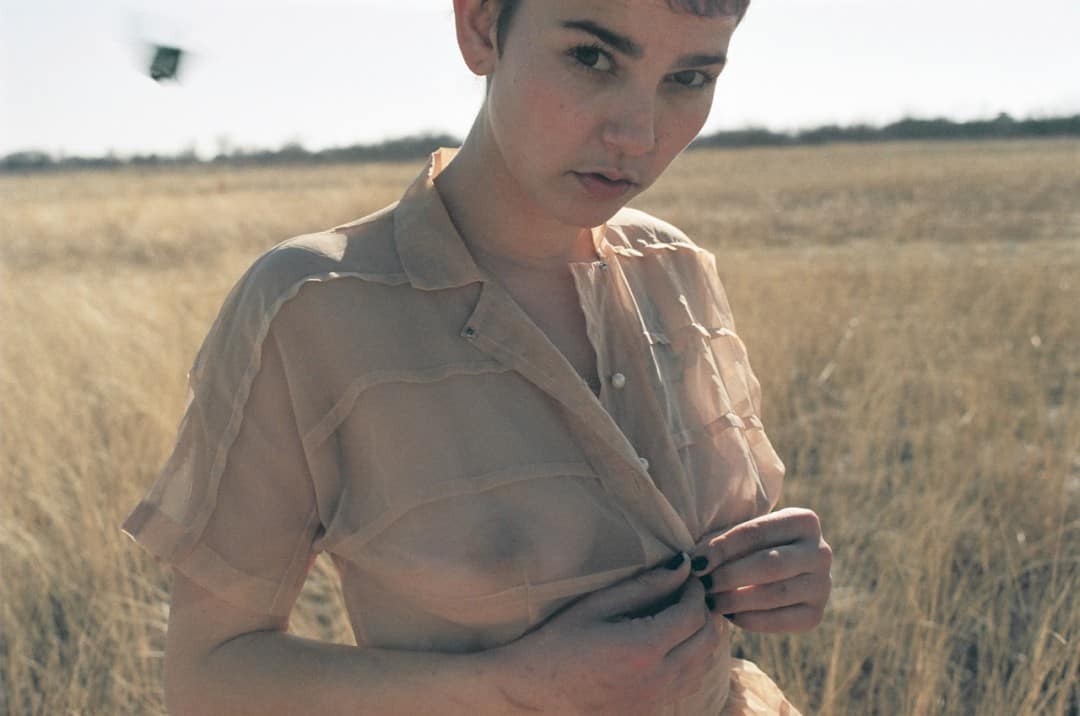




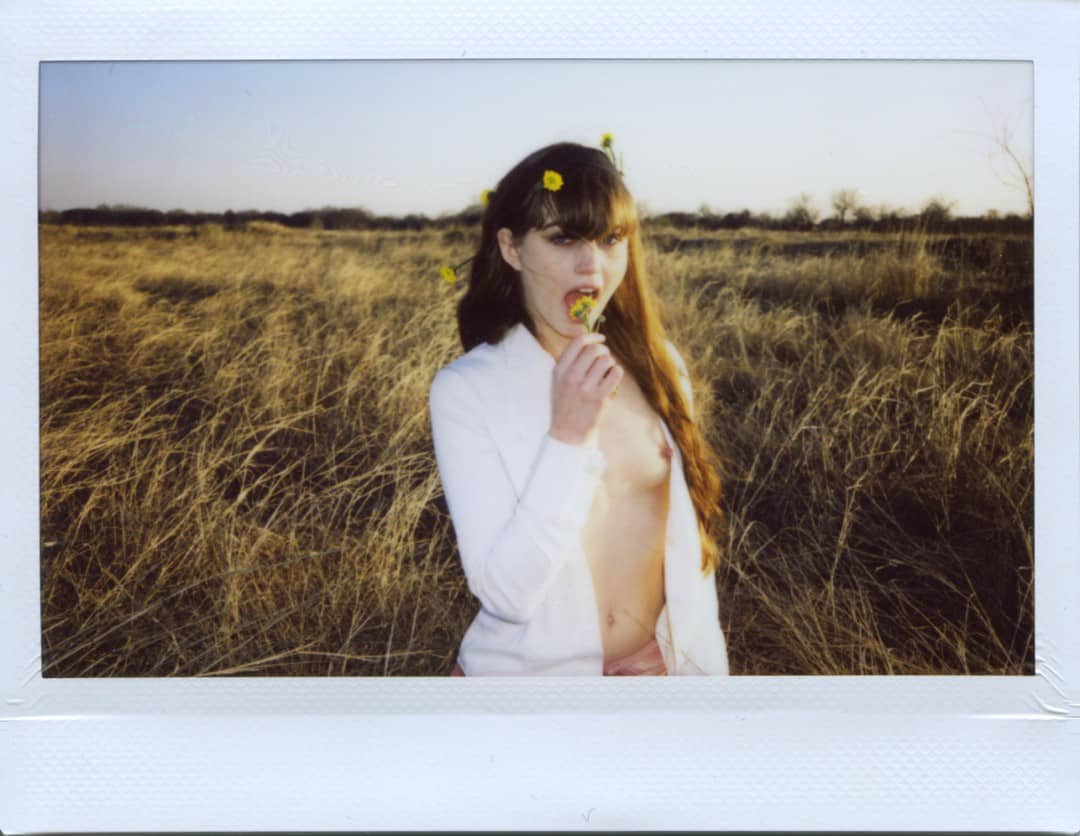

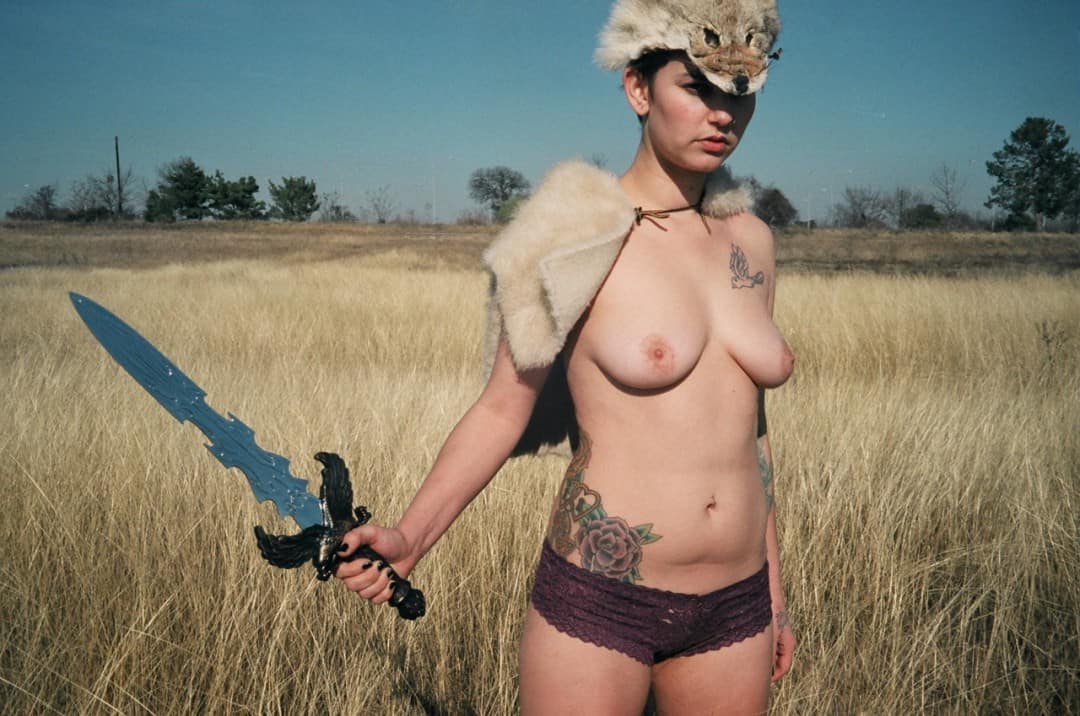

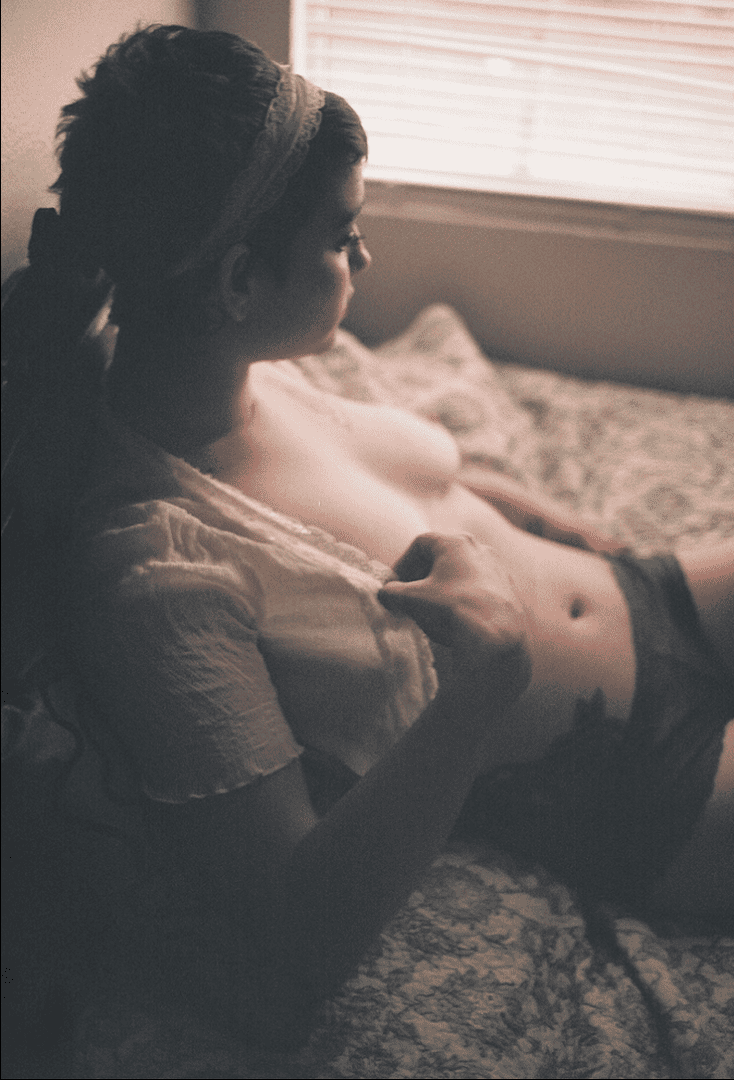
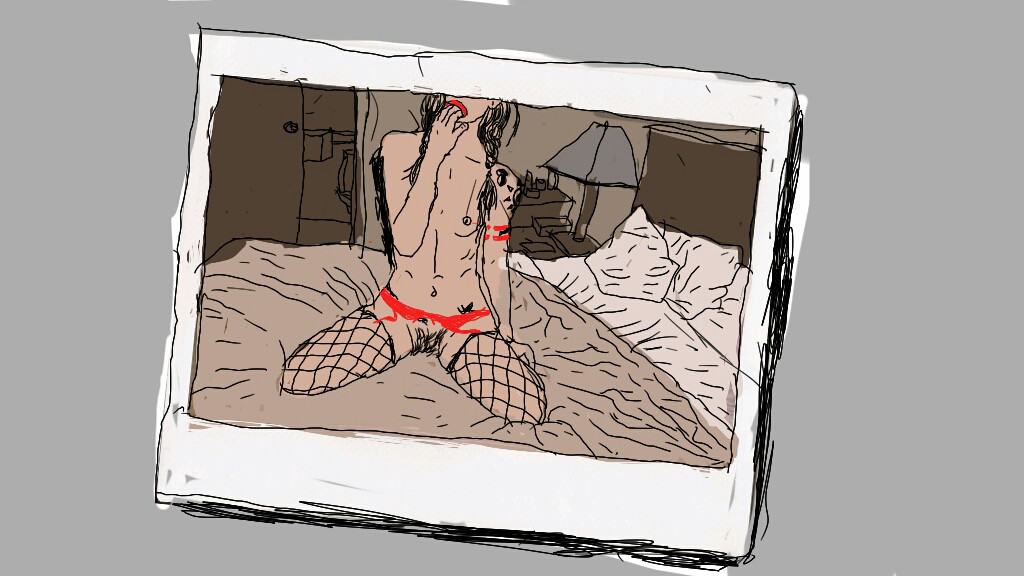

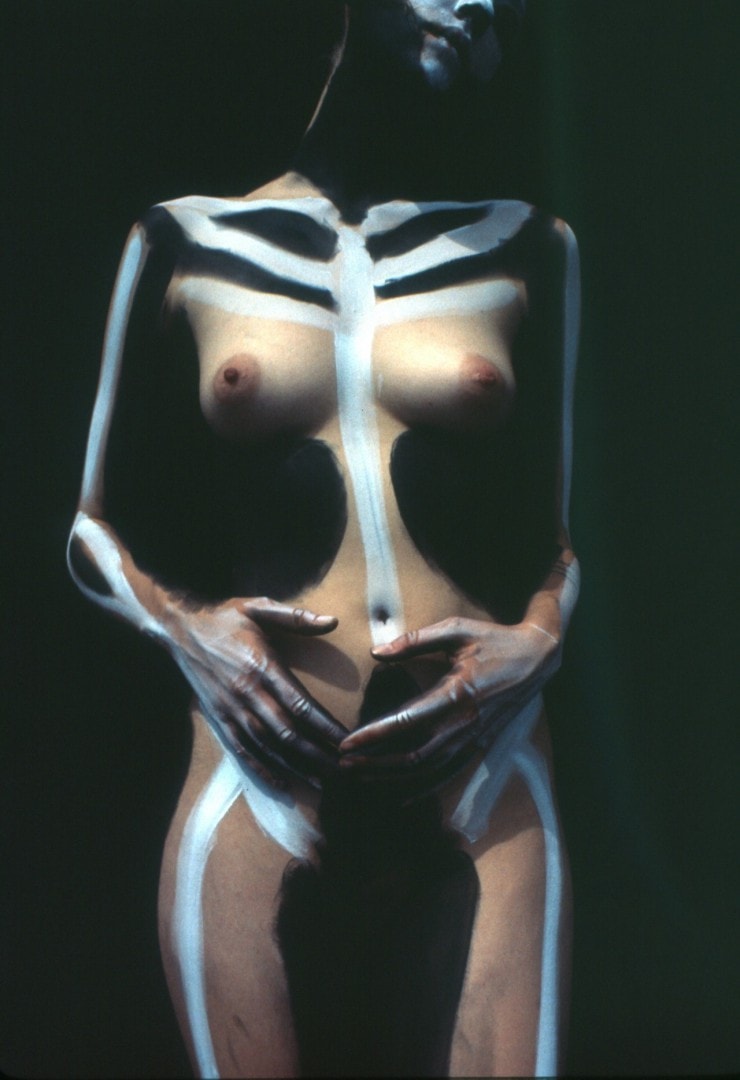
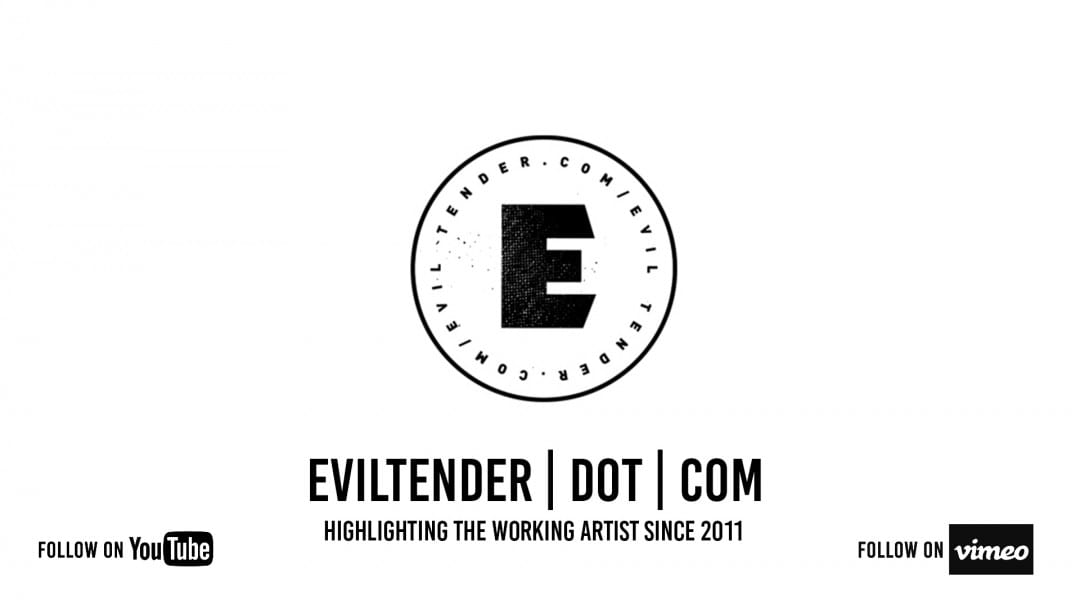
4 thoughts on “Interview: The Raw Photography of highcastle”